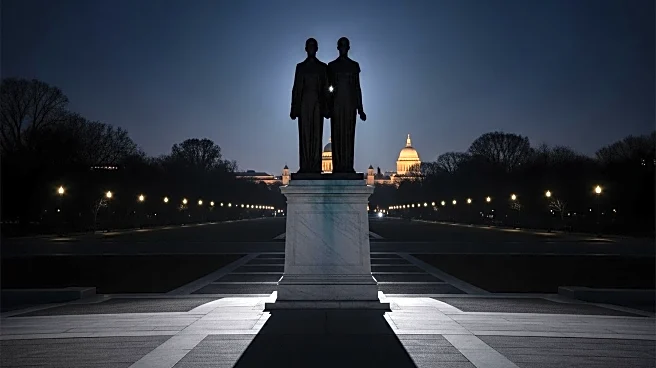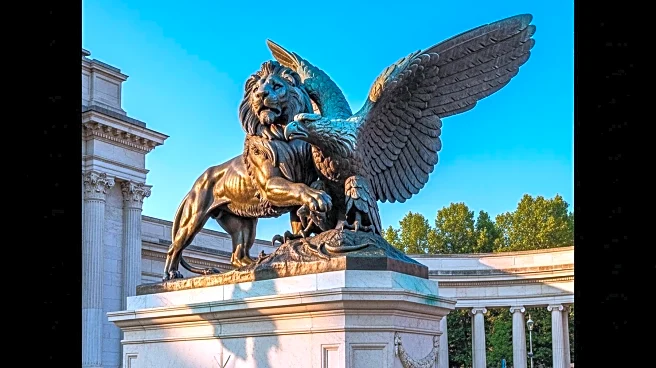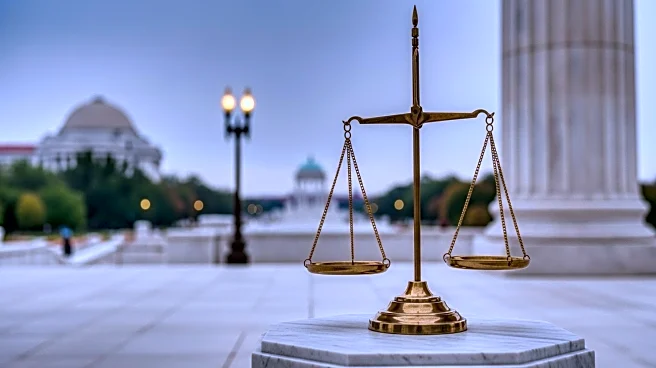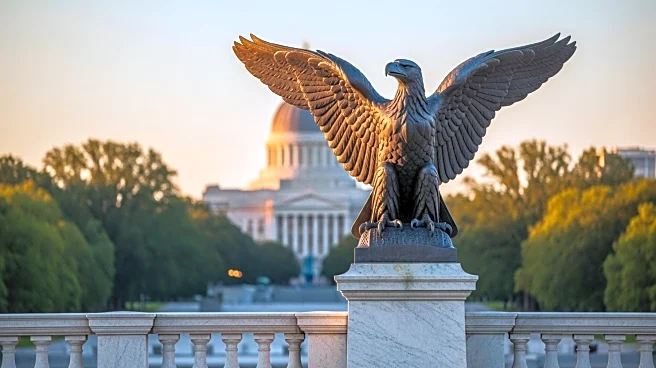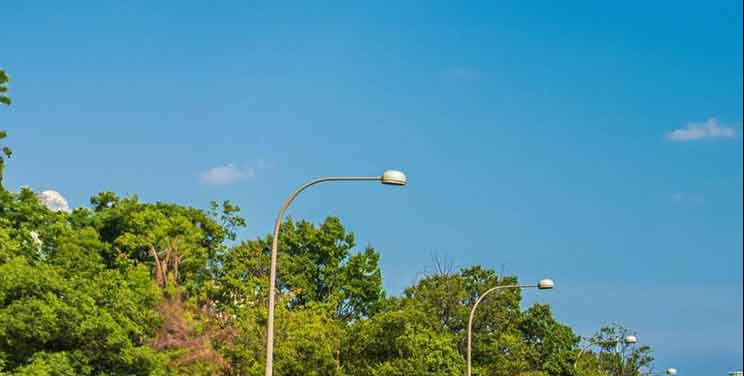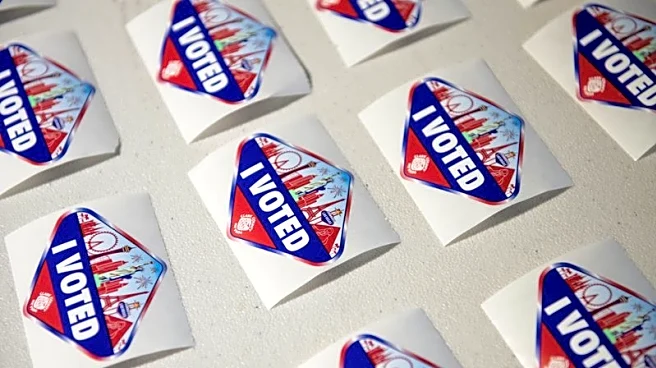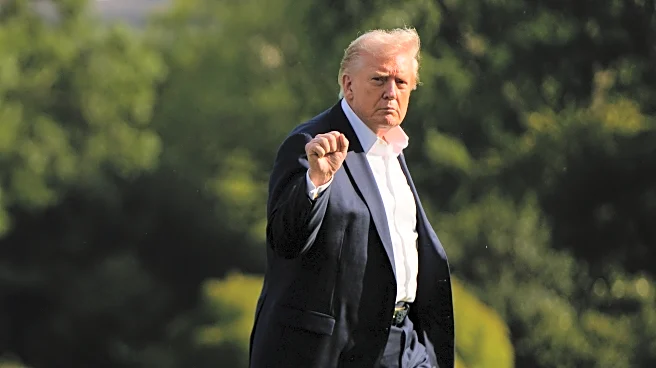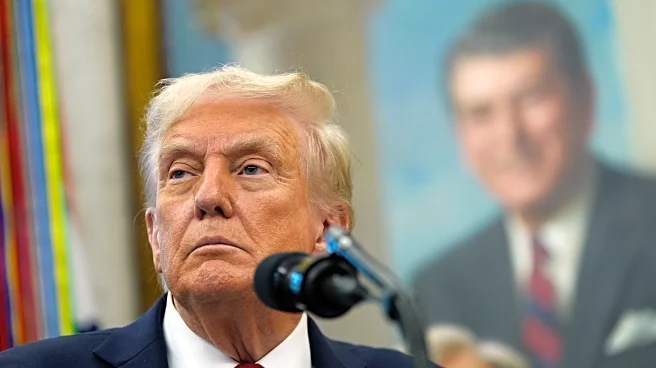What's Happening?
A controversial statue depicting President Donald Trump and the late financier Jeffrey Epstein has reappeared on the National Mall in Washington, D.C. The statue, titled 'Best Friends Forever,' portrays the two figures holding hands and was initially installed last week before being removed by U.S. Park Police. The installation coincides with a government shutdown, which has limited responses from the National Park Service and other government entities. The statue has sparked debate, with White House deputy press secretary Abigail Jackson dismissing the installation as a waste of money. The group 'The Secret Handshake' has claimed responsibility for the statue, which includes a plaque celebrating the friendship between Trump and Epstein.
Why It's Important?
The reappearance of the statue highlights ongoing public interest and controversy surrounding President Trump's past association with Jeffrey Epstein, a convicted sex offender. The installation has drawn criticism from various political factions, including Democrats and some Republicans, as well as MAGA supporters. The Trump administration has faced scrutiny over its handling of documents related to Epstein, with Attorney General Pam Bondi and FBI Director Kash Patel initially pledging transparency but later reversing course. This event underscores the complex legacy of Epstein's connections and the political ramifications for those associated with him.
What's Next?
The Republican-led House Oversight Committee has subpoenaed the Justice Department for records related to Epstein, indicating ongoing investigations and potential revelations. The committee's actions suggest that further scrutiny and political debate may continue, particularly as more information becomes available. The statue's presence on the National Mall may also provoke additional public and media attention, potentially influencing public opinion and political discourse.
Beyond the Headlines
The installation of the statue raises ethical questions about the portrayal of controversial figures in public spaces and the impact of art as a form of political expression. It also reflects broader societal debates about accountability and transparency in government, particularly concerning high-profile individuals and their associations. The event may contribute to long-term discussions about the role of public art in shaping historical narratives and influencing public perception.

